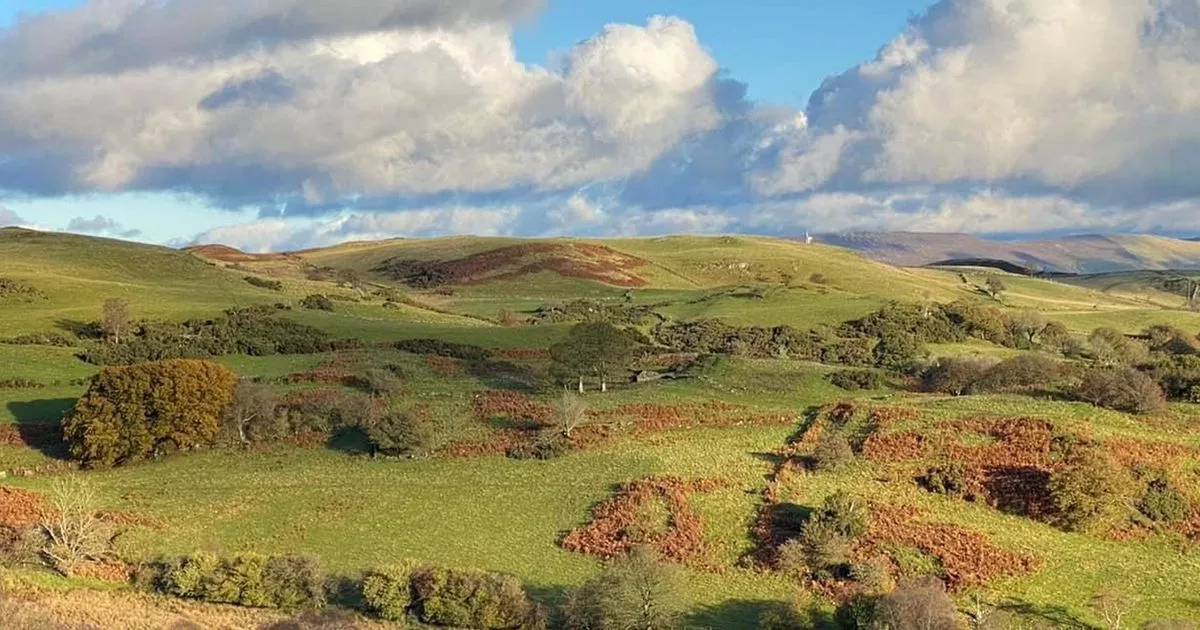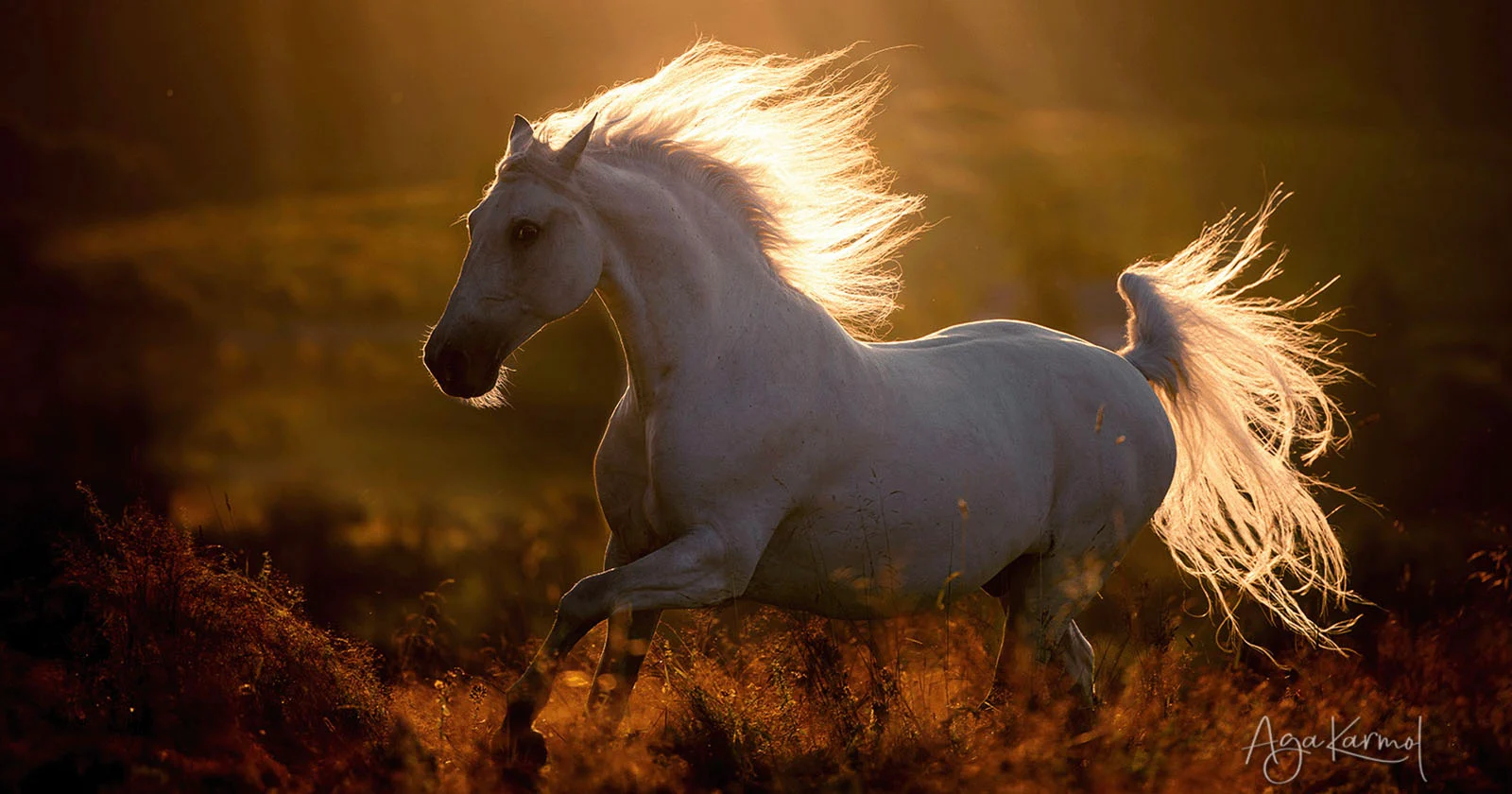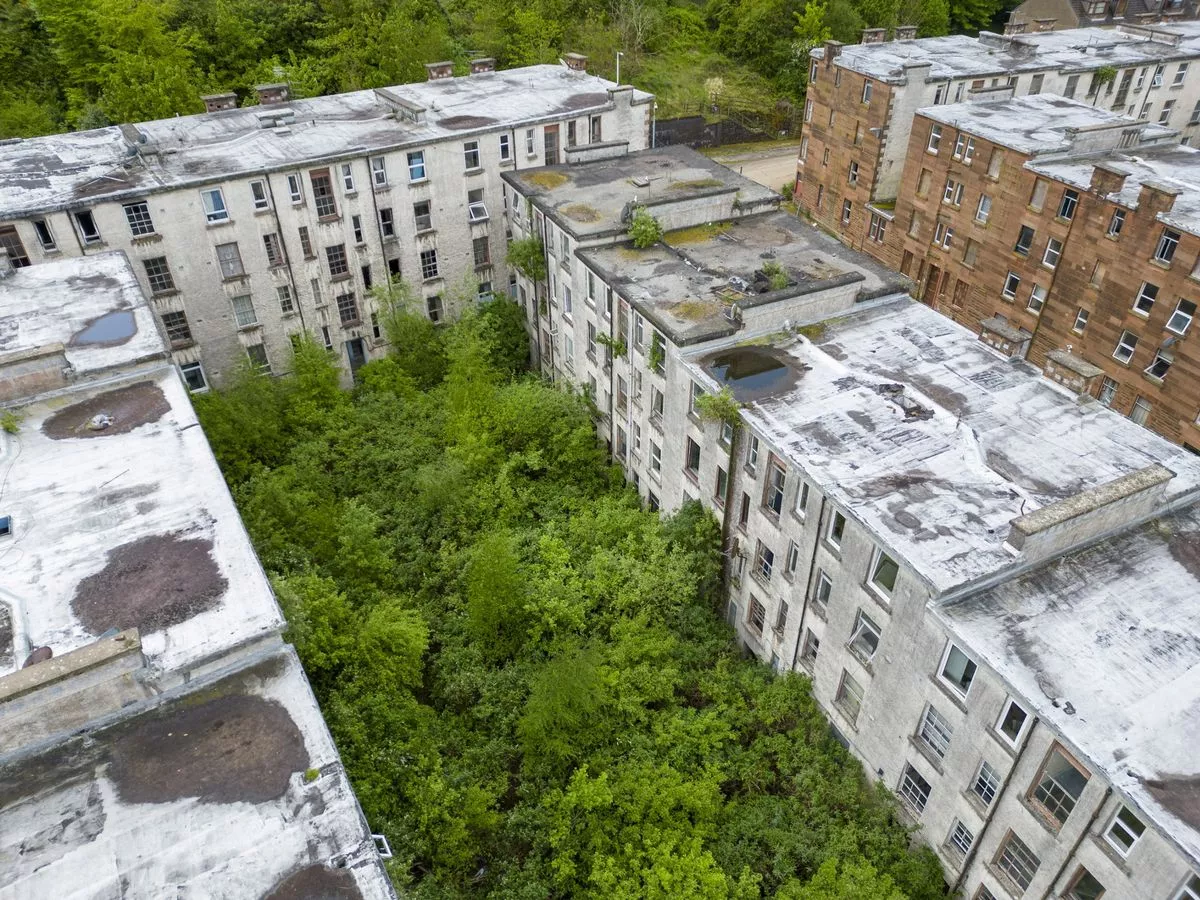By Andrew Forgrave
Copyright dailypost

Major changes have been made to Wales’ newest national park that’s been given a popular but ‘risky’ formal name. Its northern tip in Flintshire has been reinstated but large chunks of Powys have been excluded, along with part of the upper Dee Valley.
Following a public outcry, the Gronant and Talacre Dunes area has been restored to the proposed “Glyndŵr National Park”. Two large tranches of farmland in Powys, originally recommended for inclusion, have been removed following strong public opposition.
The “defined” boundaries, now covering 927 sq km, have been included in a draft designation order. Following a series of changes, they include an area around a third smaller than originally proposed in 2023. The national park, due to come into effect in 2026, is still subject to a final round of public consultation.
Natural Resources Wales (NRW) is overseeing the national park project for the Welsh Government. An initial public engagement exercise in 2023 found 51% backed a new park.
However 42% were opposed, citing concerns over rising house prices, restrictive planning rules and a huge influx of visitors.
Ash Pearce, programme manager, said “change can be difficult” but believes it will bring long-term benefits. He said: “This is a once-in-a-generation opportunity to protect nature, support communities, and shape a better future for this stunning part of Wales.
“We know change can be difficult, but with the right approach, a new National Park could bring real benefits for people, wildlife and the local economy.” The North Wales Live Whatsapp community for top stories and breaking news is live now – here’s how to sign up
National park name has ‘risks’
With input from heritage and language groups, five potential names for the park were assessed – Powys Fadog; Glyndŵr; Bryniau Clwyd a’r Berwyn; Ordovices (Ordoficiaid); and Gororau. The first two were shortlisted, with Glyndŵr getting 49% of a public vote. Bryniau Clwyd a’r Berwyn received 22.7% and “other” names 23%.
An NRW report said the adopted name was concise and has obvious attractions. Advantages include Glyndŵr’s northeast origins and the fact he lived at Sycharth within the boundaries of the park.
It said: “His surname, Glyndŵr, is a variant form of Glyndyfrdwy, one of the constituent regions of the park, and his rebellion began in the northeast. In recent years there has been an explosion of interest in Glyndŵr, and as a result the use of this name would give the park instant name-recognition and local buy-in.”
But the report noted there were dangers too. “Glyndŵr, for obvious reasons, is closely associated with the desire for independence,” it said.
“With the growth of the independence campaign over the past decade the independence debate has entered the forefront of Welsh politics and there would therefore be a risk that naming the park after Glyndŵr would lead to accusations of a pro-nationalist bias.”
Latest changes
Extending across the counties of Denbighshire, Flintshire, Gwynedd, Wrexham and Powys, the national park’s outline now resembles an upside-down lizard hanging from the North Wales coast. A 2024 review of its boundaries recommended the tip of its tail – Gronant and Talacre Dunes – be excluded due to the area’s “proliferation of intrusive built development”.
This recommendation attracted “significant and strong” public opposition, according to NRW. It said there was “very little” support for excluding an area that is Wales’ only breeding site for Little Terns. It also hosts rare species like the Natterjack Toad and Sand Lizard.
NRW concluded the negative effects of the area’s built development were “not sufficiently significant to warrant excluding an area of notable natural beauty and recreation provision”.
The environment body said its original decision had been “marginal”. Sign up for the North Wales Live newsletter sent twice daily to your inbox
In total, 18 evaluation areas (EA) were last year axed or partly excluded from the planned national park, mostly because they lacked enough scenic quality. What was left was a “Candidate Area”. This included all the proposed Powys EAs, mostly because they lacked the unsightly pylons, caravan parks and urban sprawl that compromised EAs further north.
Landowners in Powys were unimpressed. Struggling to see the benefits, the county council had already rejected the whole national park concept. NRW has now bowed to public pressure.
It concluded two EAs had “pockets of distinctive scenic landscape” but, overall, they lacked sufficient natural beauty to warrant inclusion. These are EA30 (Severn Farmlands North), which includes the villages of Llanfyllin and Llanfechain, and EA32 (Severn Farmlands South), which accommodates a section of Afon Vyrnwy.
Other evaluation areas were also shrunk – in two cases, dramatically. There were:
EA20 (Mynydd Mynyllod and the Upper Dee Valley): Only an area around Llandderfel has been retained. EA26 (Tanat Valley): Still included are the upper Tanat Valley and valleys that follow the Welsh/English border. Lowland farmed valley have been excluded EA28 (Hirnant and Rhialgwm): Included is northwest Cwm Hirnant and excluded are Rhialgwm and Nant y Brithyll valley. EA29 (Vyrnwy and Banwy Valley and Hills): Only the Afon Twrch valley and the area around Pont Llogel has been retained.
By shrinking the national park, NRW said its boundary now “represents a higher bar for meeting the statutory criteria”.
When originally proposed, Glyndŵr National Park covered 1,439 sq km – much smaller than Eryri National Park, which runs to 2,132 sq km.
With subsequent revisions, it now covers 927 sq km – larger than Pembrokeshire Coast National Park (629 sq km) but smaller than Bannau Brycheiniog, also known as the Brecon Beacons (1,344 sq km).
Meetings and feedback
The three existing parks attract more than 12m visitors a year, spending more than £1bn, according to National Parks UK. In 2024 they received just over £11m in funding from the Welsh Government.
In a consultation report, NRW said: “The Welsh Government has clarified that if a new national park is established, it is committed to properly funding it without financially disadvantaging the existing national parks or the constituent local authorities.”
People can share their views on the Glyndŵr proposals. A 12-week consultation began today (Monday, September 15) and closes on Monday, December 8. This can be found here.
A series of information events are also being held online and in person. Dates and venues are given below.
Mond, Sept 22: Microsoft Teams meting for elected members (MSs, MPs), 6pm-7.30pm Wed, Sept 24: Microsoft Teams meeting for elected members (County councillors, Community councillors), 6pm-7.30pm. Wed, Oct 1: Landowners drop-in, Coleg Cambria – Llysfasi, Ruthin Road, Llysfasi, Ruthin LL15 2LB, 4pm-7pm. Thurs, Oct 2: Public drop-in, Canolfan Ni Corwen, Ruthin Road, Llysfasi, Ruthin LL15 2LB, 4pm-7pm. Wed, Oct 8: Microsoft Teams meeting for local organisations and businesses, 6pm-7.30pm. Tues, Oct 14: Public drop-in, Llangynog Memorial Hall, Oswestry SY10 0ET, 2pm-5pm. Tues, Oct 14: Public meeting, Llangynog Memorial Hall, Oswestry SY10 0ET, 6.30pm-8pm. Wed, Oct 15: Public drop-in, Ceiriog Centre, Glyn Ceiriog, Llangollen LL20 7HE, 4pm-7pm. Wed, Oct 22: Public drop-in, Gwaenysgor Village Hall, Rhyl LL18 6EP, 2pm-5pm. Wed, Oct 22: Public meeting, Gwaenysgor Village Hall, Rhyl LL18 6EP, 6.30pm-8pm. Tues, Nov 4: Microsoft Teams meeting for the energy sector, 3pm-4.30pm. Wed, Nov 19: Microsoft Teams meeting for members of the public, 6pm-7.30pm. Wed, Nov 26: Microsoft Teams meeting for environmental groups, 3pm-4.30pm Thurs, Nov 27: Microsoft Teams meeting for the tourism, recreation and access sectors, 3pm-4.30pm. Tues, Dec 2: Microsoft Teams meeting for members of the public, 6pm-7.30pm.
Find out what’s happening near you



